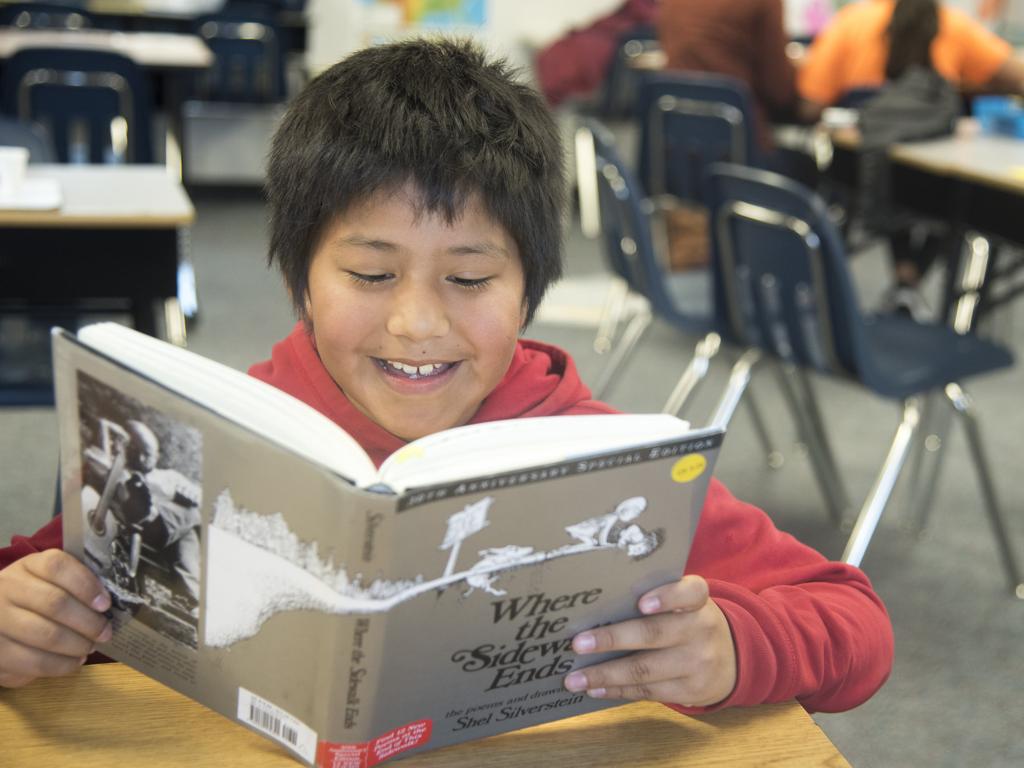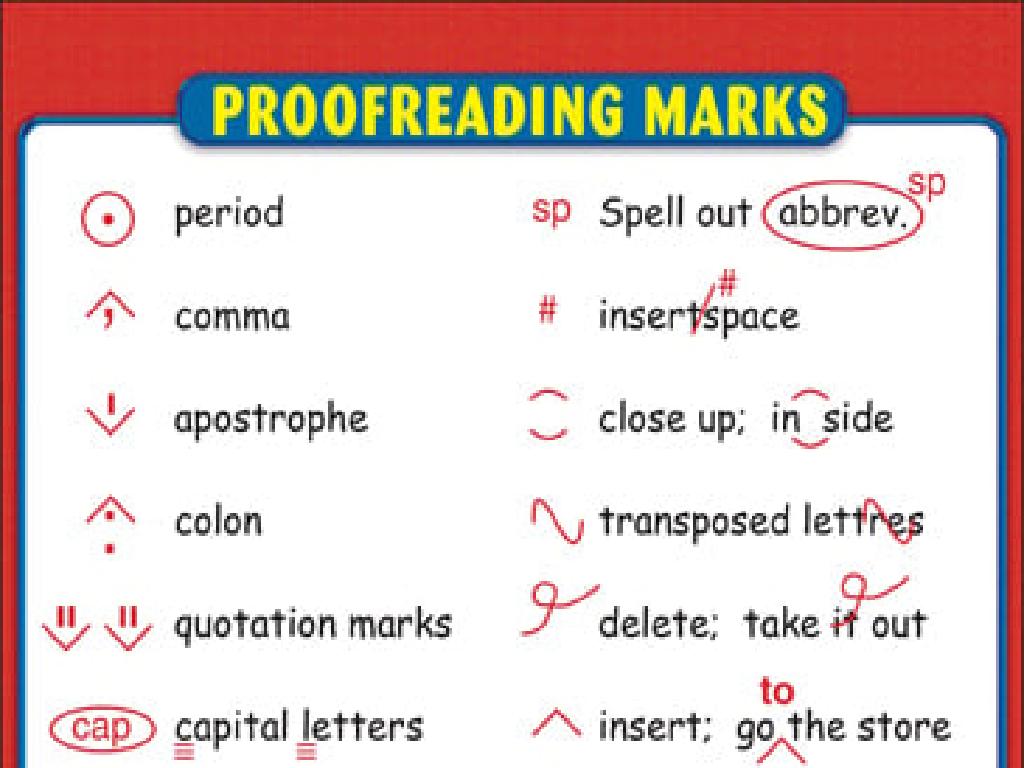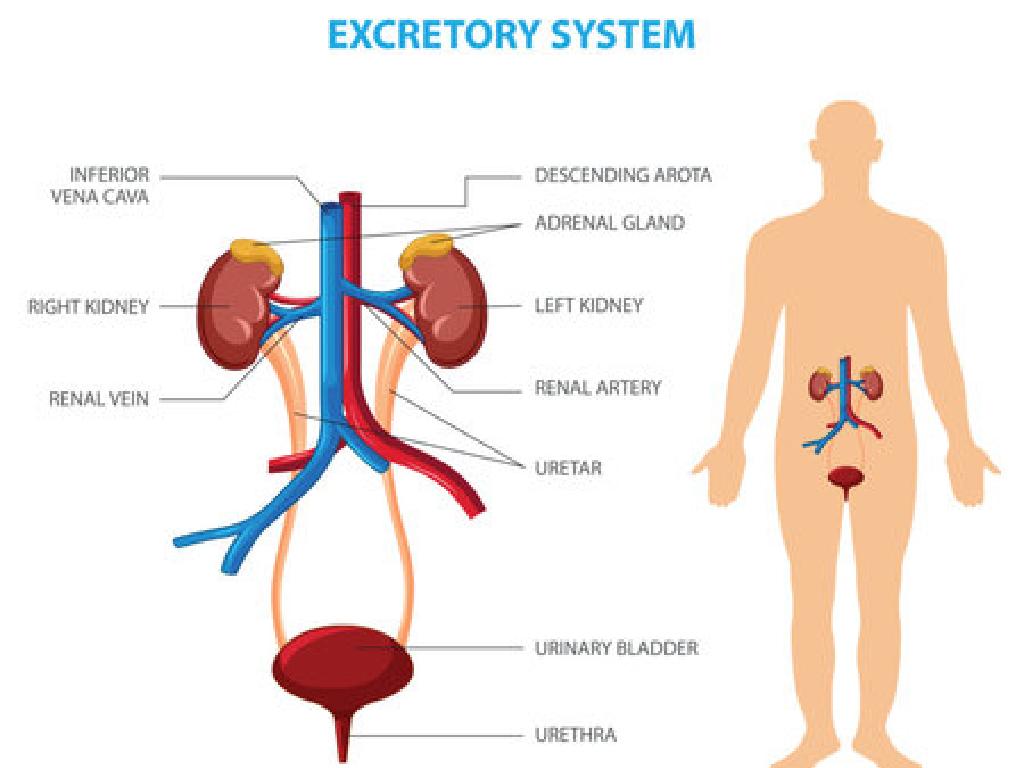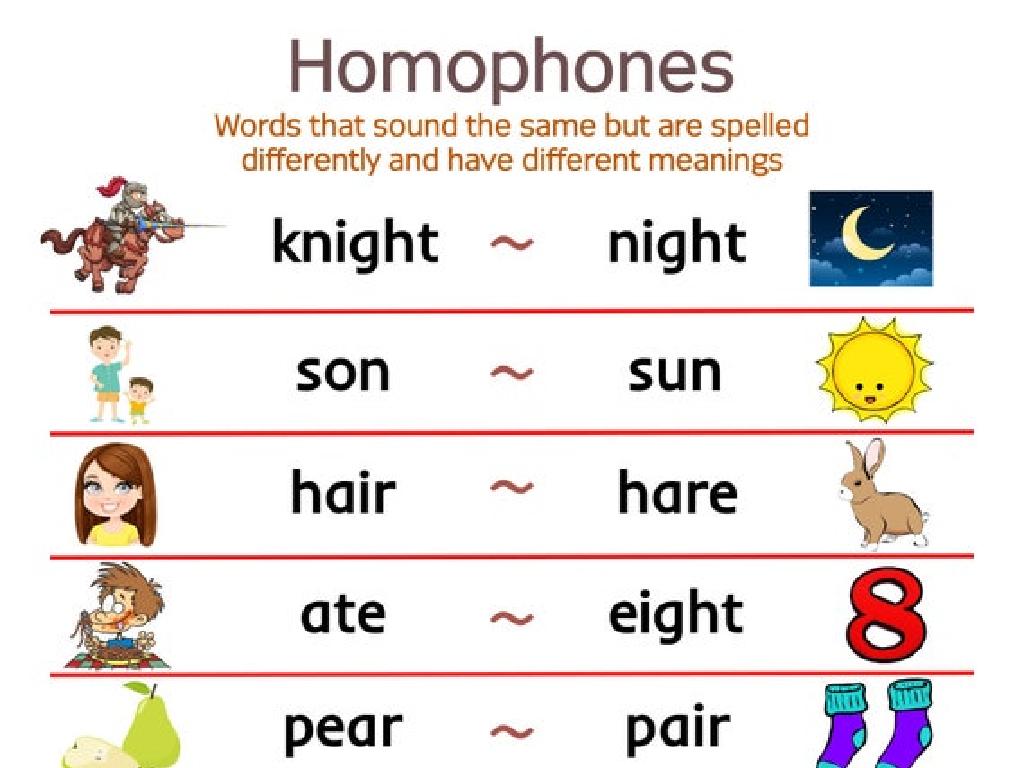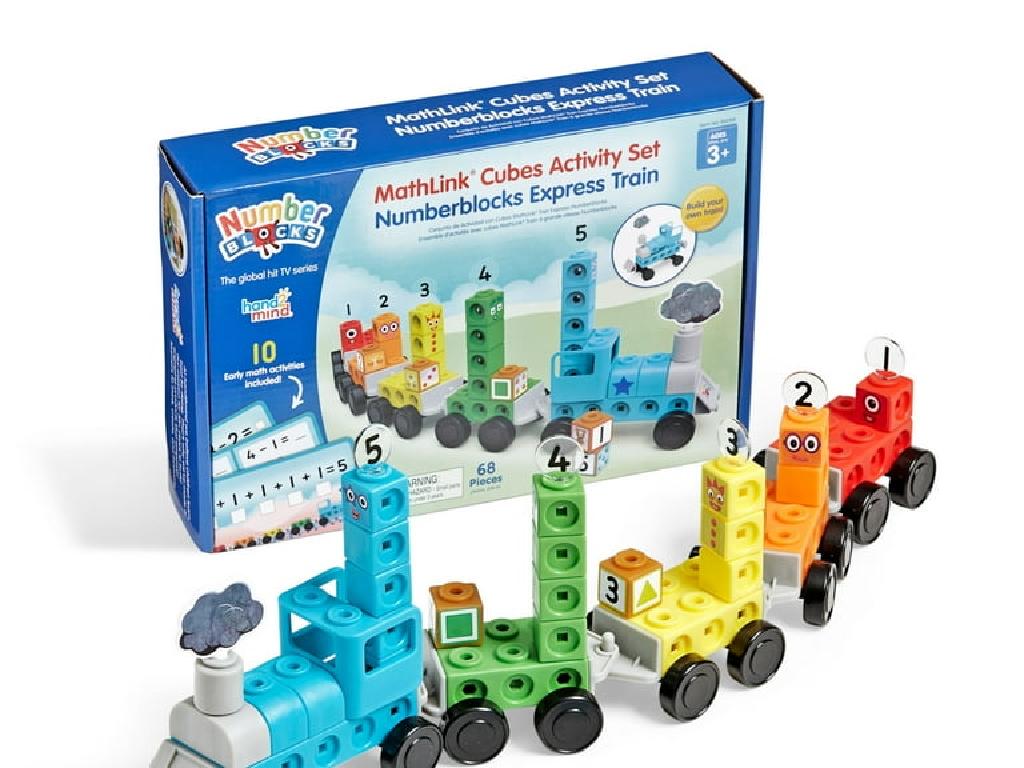Describe Ecosystems
Subject: Science
Grade: Third grade
Topic: Ecosystems
Please LOG IN to download the presentation. Access is available to registered users only.
View More Content
Exploring Ecosystems
– What’s an ecosystem?
– A community of living things & their home
– Ecosystems & our environment
– Ecosystems are all around us, like parks or ponds
– Types of ecosystems
– Forests, deserts, oceans, and more
– Discovering examples
– Let’s look at a forest and a coral reef
|
This slide introduces the concept of ecosystems to third-grade students. Begin by explaining that an ecosystem is a community of living things, such as plants and animals, interacting with each other and their environment, which includes the air, water, and soil. Emphasize that ecosystems can be large like a forest or small like a pond. Provide examples of different types of ecosystems, such as forests, deserts, oceans, and grasslands, and discuss their unique features. Use familiar examples like a local park or garden to make it relatable. Encourage students to think of places they have visited and what living things they saw there. This will help them understand the diversity of ecosystems and their importance to our environment.
Exploring Ecosystem Components
– Biotic factors: living parts
– Plants, animals, bacteria, fungi
– Abiotic factors: non-living parts
– Water, sunlight, soil, temperature
– Interaction of biotic & abiotic
– Plants need sunlight (abiotic) to grow
– Balance in ecosystems
|
This slide introduces the concept of ecosystems to third-grade students by breaking down its components into biotic and abiotic factors. Biotic factors include all living organisms such as plants, animals, bacteria, and fungi. Abiotic factors encompass the non-living elements like water, sunlight, soil, and temperature. It’s crucial to explain how these factors interact, for example, plants (biotic) require sunlight (abiotic) to perform photosynthesis. Emphasize the importance of balance between these factors for a healthy ecosystem. Activities can include identifying biotic and abiotic factors in different ecosystems or creating a simple diagram to illustrate their interaction.
Exploring Ecosystem Types
– Forests: Earth’s green treasure
– Trees, plants, and diverse animals live here.
– Deserts: Lands of extremes
– Hot days, cold nights, and specially adapted life.
– Oceans: Vast water worlds
– Home to fish, mammals, and plants, with different zones.
– Grasslands: Earth’s golden carpets
– Wide open spaces, few trees, many grasses, and roaming animals.
|
This slide introduces students to the concept of different ecosystems such as forests, deserts, oceans, and grasslands. Each ecosystem has unique characteristics and supports various forms of life. Forests are rich in biodiversity and are crucial for oxygen supply. Deserts, while harsh, have organisms adapted to extreme conditions. Oceans cover most of our planet and contain countless species, with different layers of the ocean supporting different types of life. Grasslands are known for their vast open spaces and are important for supporting herds of grazing animals. Encourage students to think about the different animals and plants that might live in each ecosystem and how they have adapted to their environments. This will help them appreciate the diversity of life on Earth and the importance of each ecosystem type.
Food Chains and Food Webs in Ecosystems
– Producers, Consumers, Decomposers
– Plants make their own food, animals eat plants or other animals, decomposers break down waste.
– Energy flow in ecosystems
– Sun gives energy to plants, animals get energy from plants or other animals.
– Each organism’s role in a food web
– Every creature has a job, like bees pollinating flowers or worms aerating soil.
– Balance of ecosystems
|
This slide introduces the basic components of food chains and webs within ecosystems, emphasizing the roles of producers (like plants), consumers (animals that eat plants or other animals), and decomposers (organisms that break down dead material). Highlight how energy starts with the sun and flows through the ecosystem via these roles. Discuss the importance of each organism, no matter how small, in maintaining the balance of the ecosystem. Examples can include bees pollinating plants or worms improving soil quality. Encourage students to think about how all living things are connected and depend on each other for survival.
Ecosystem Interactions: Living Together
– Understanding Predator-Prey
– Predators hunt prey, like owls and mice.
– Exploring Symbiosis
– Mutualism: bees and flowers, Commensalism: barnacles on whales, Parasitism: ticks on dogs.
– Organisms Rely on Each Other
– Plants and animals need each other to survive.
– Balance in Ecosystems
|
This slide introduces students to the complex interactions within ecosystems, focusing on the relationships between different organisms. Start by explaining predator-prey dynamics, using familiar examples like owls hunting mice, to illustrate the concept. Then, delve into symbiosis, discussing the three types: mutualism, where both benefit; commensalism, where one benefits without harming the other; and parasitism, where one benefits at the expense of the other. Use relatable examples for each type to help students understand these relationships. Highlight how organisms depend on each other for food, shelter, and maintaining the balance of their ecosystem. Encourage students to think of more examples and discuss how these interactions contribute to a healthy environment.
Human Impact on Ecosystems
– Humans affect ecosystems
– Planting trees helps, but pollution harms.
– Conservation protects habitats
– Creating parks and reserves saves animals and plants.
– Positive & negative human effects
– Like recycling helps, while littering hurts.
– Actions to help ecosystems
– We can recycle, save water, and plant gardens.
|
This slide aims to educate third-grade students on the various ways humans impact ecosystems, both positively and negatively. It’s crucial to discuss the importance of conservation efforts, such as national parks and wildlife reserves, which protect various species and their habitats. Emphasize that every action we take can either help or harm the environment. Encourage students to think about simple daily actions they can take to contribute to a healthier ecosystem, such as recycling, conserving water, and planting native species in their gardens. The discussion should foster a sense of responsibility and empowerment for the students to make a difference.
Class Activity: Create Your Own Ecosystem
– Divide into groups for ecosystem project
– Choose an ecosystem to model
– Build your ecosystem with materials
– Include living (biotic) and non-living (abiotic) elements
– Present and explain ecosystem interactions
– Discuss how plants, animals, and environment interact
|
This activity is designed to help students understand ecosystems by creating a hands-on model. Divide the class into small groups and have each group select an ecosystem, such as a forest, desert, or ocean. Provide a variety of materials for students to build their models, such as clay, construction paper, cotton balls, and plastic animals. Ensure that each group’s model includes both biotic elements like plants and animals, and abiotic elements like rocks and water. Once the models are complete, each group will present their ecosystem to the class, explaining the different interactions between the organisms and their environment. Possible activities include creating a rainforest with layers of canopy, a desert with cacti and sand, or a pond with aquatic plants and fish. This will help students grasp the complexity and interdependence within ecosystems.

